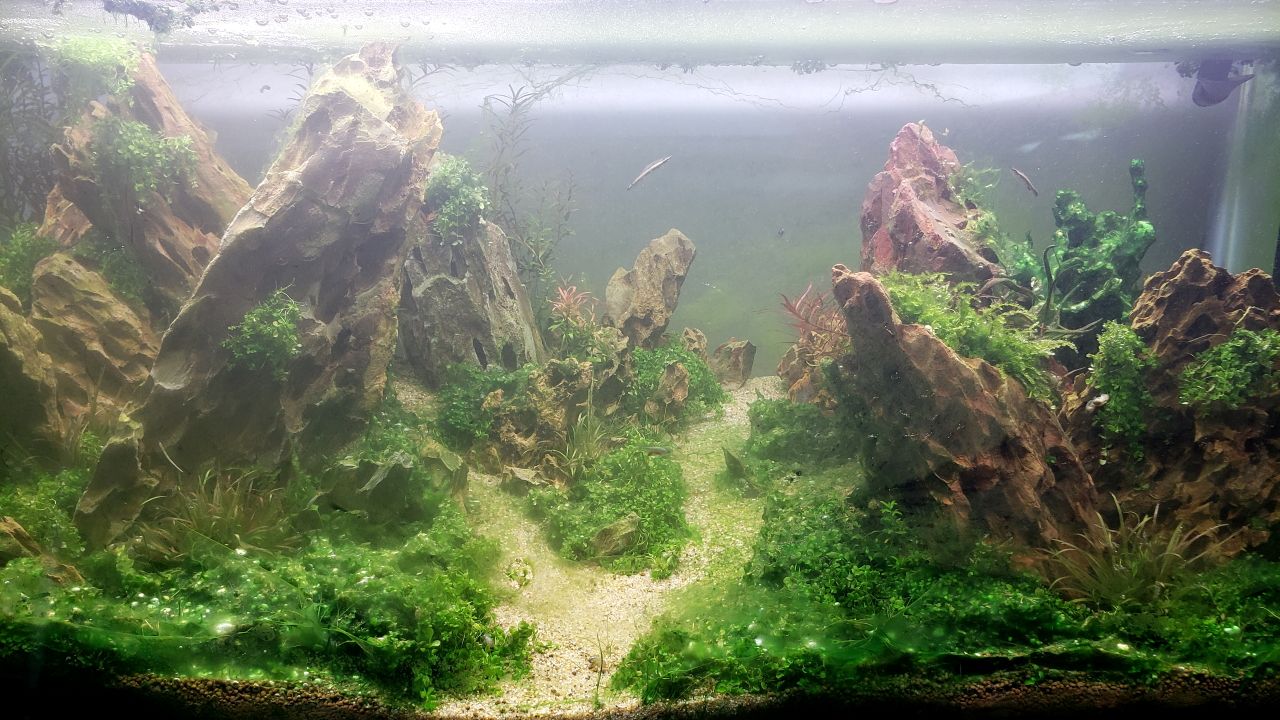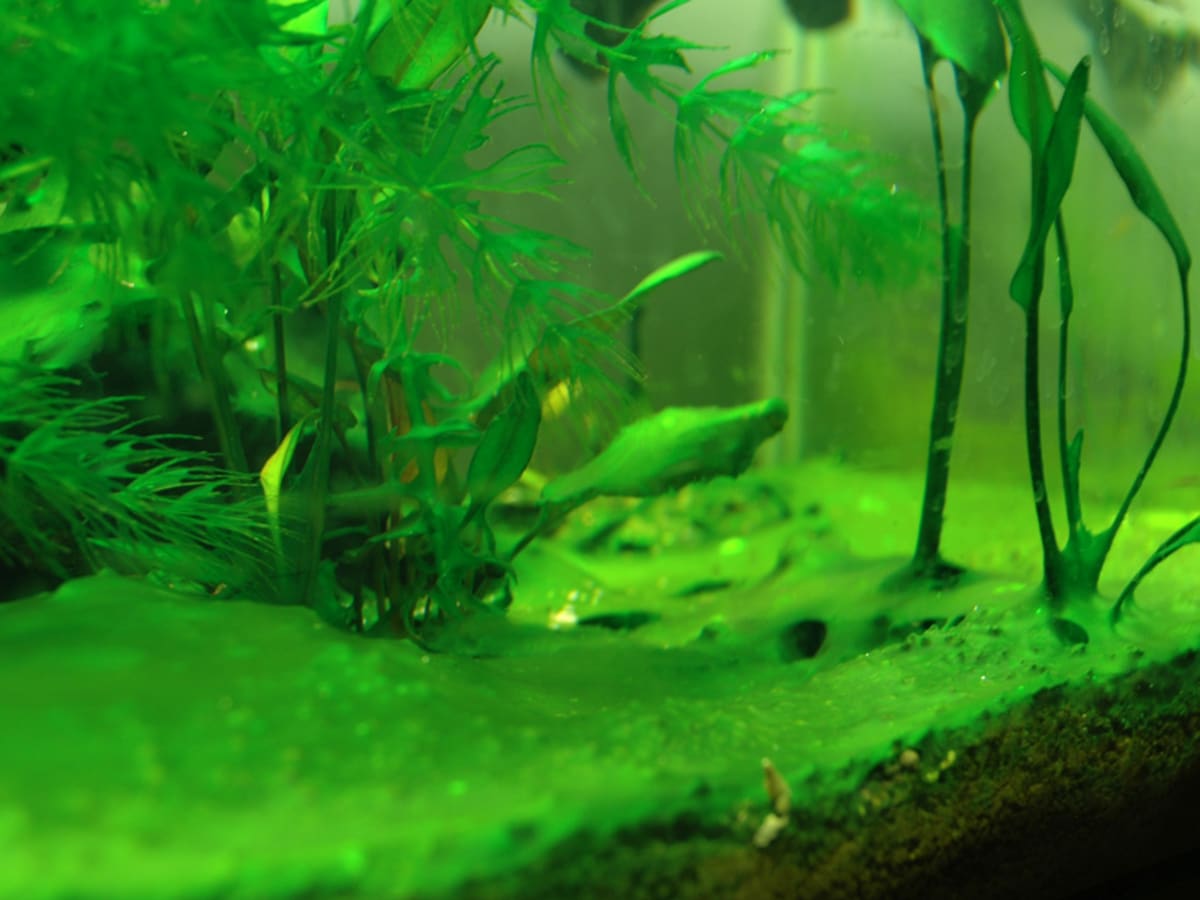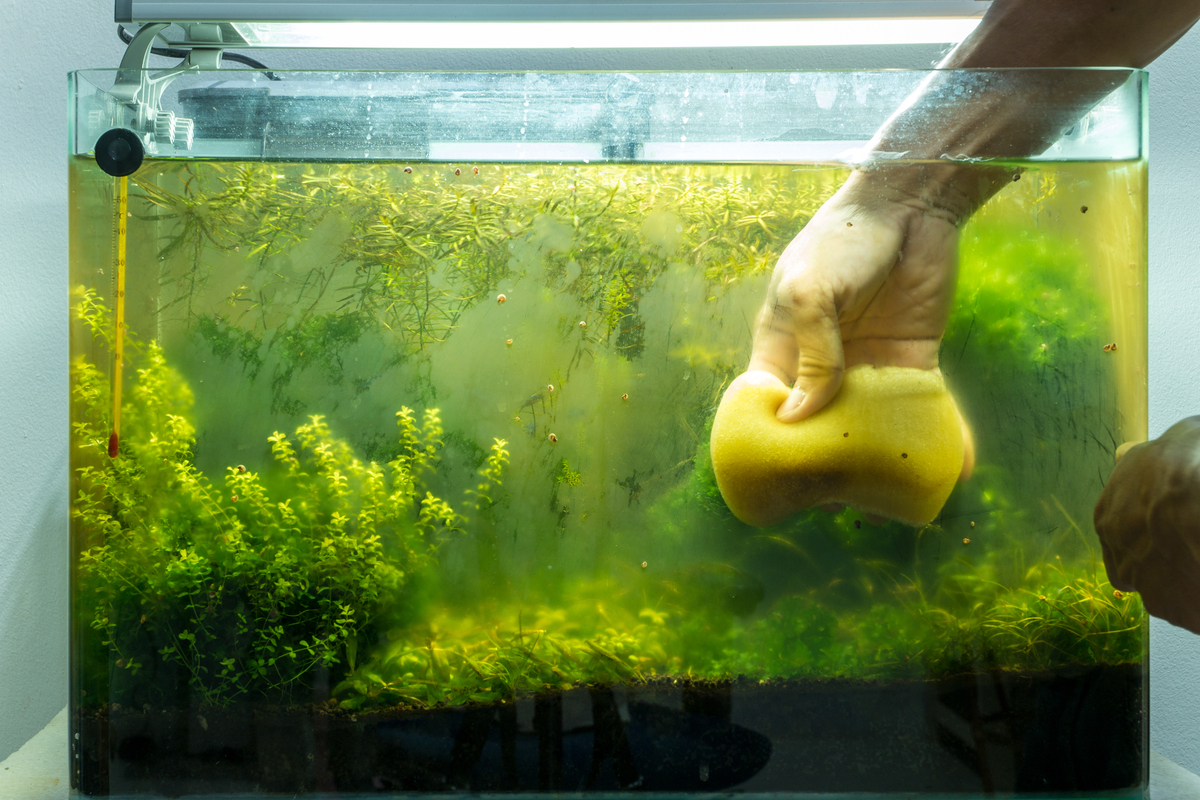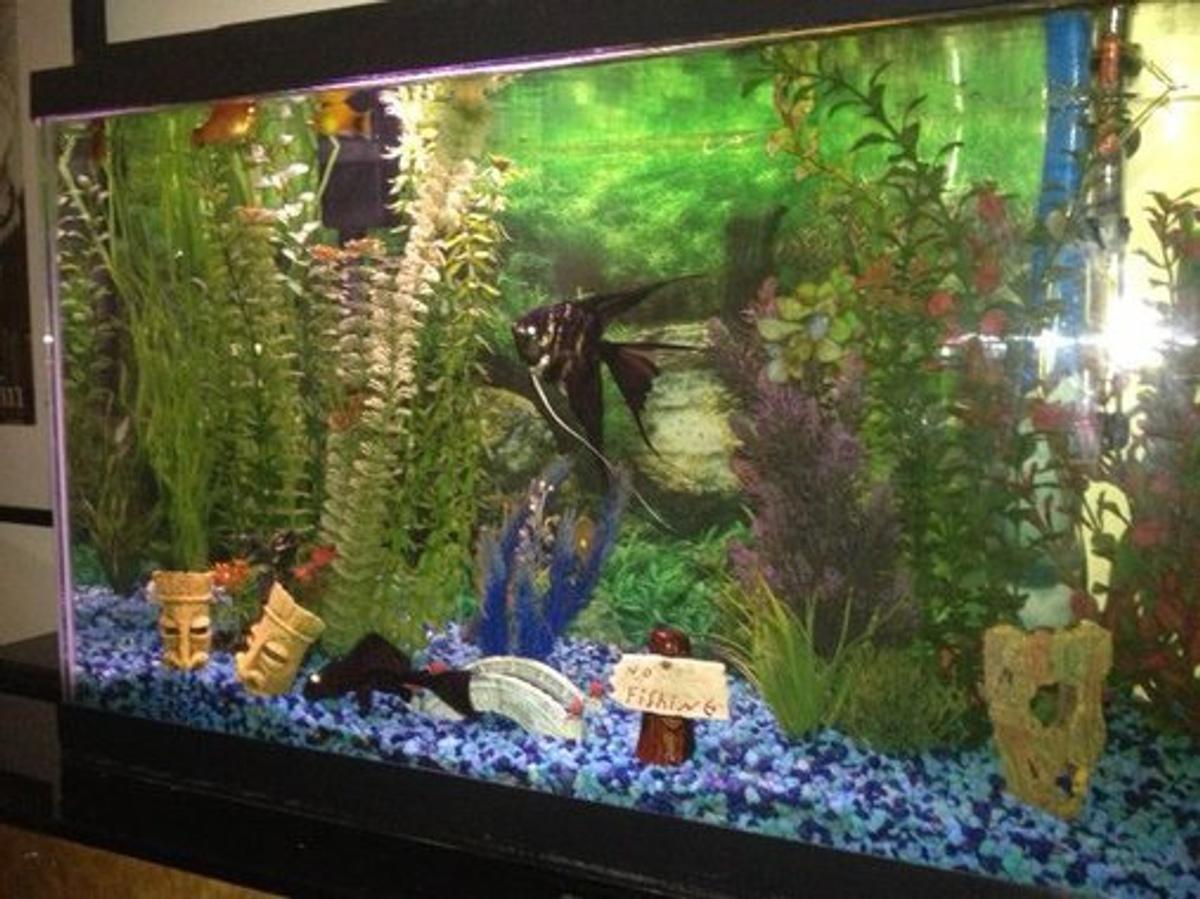Introduction
Having a green fish tank can be a common and frustrating issue for aquarium owners. The green color is typically caused by an overgrowth of algae, which can be unsightly and potentially harmful to your fish and plants. Understanding the reasons behind a green fish tank is crucial in order to effectively address the problem and restore the health and clarity of your aquarium. In this article, we will explore the various factors that can contribute to a green fish tank and discuss potential solutions to help you maintain a clean and clear aquatic environment for your fish.

Excessive Light and Photoperiod
One of the primary reasons for a green fish tank is excessive light exposure. Algae thrive on light, especially when it is available for an extended period of time. If your aquarium receives too much natural or artificial light, it can create the perfect conditions for algae to proliferate. Additionally, the duration of light exposure, known as the photoperiod, can also affect algae growth. Keeping your aquarium lights on for too long can provide algae with continuous energy for photosynthesis, leading to a green tank. To address this issue, it is important to regulate the amount and duration of light your fish tank receives. Consider using a timer to ensure that the lights are turned on and off at consistent intervals, simulating a natural day-night cycle.
Nutrient Imbalance and Organic Waste
Another factor that contributes to a green fish tank is an imbalance in nutrients, particularly excess nitrogen and phosphorus. These nutrients are essential for plant growth but can also fuel the growth of algae. Overfeeding your fish, inadequate filtration, or poor water quality can lead to an accumulation of organic waste and uneaten food in the aquarium. As these organic materials break down, they release nitrogen and phosphorus, providing an abundant food source for algae. Regular water testing and proper maintenance routines, including regular water changes and cleaning of the tank, are crucial to prevent nutrient buildup. It is also important to feed your fish in moderation and remove any uneaten food promptly to minimize the organic waste in the aquarium.

Lack of Biological Filtration
A well-functioning biological filtration system is essential for maintaining a healthy aquatic environment. The beneficial bacteria that reside in the filter media play a vital role in breaking down harmful substances, such as ammonia and nitrites, into less toxic forms. If your aquarium lacks sufficient biological filtration, these harmful substances can accumulate and provide a favorable environment for algae growth. To address this issue, ensure that your filtration system is properly sized for your tank and regularly maintain the filter media. Avoid cleaning the filter media with tap water, as it can kill the beneficial bacteria. Instead, rinse the media with water taken from the aquarium during a water change to preserve the bacterial colonies.
Water Quality and pH Imbalance
Poor water quality and pH imbalances can also contribute to a green fish tank. Algae tend to thrive in water that is rich in nutrients and has a high pH level. Regular water testing is crucial to monitor the parameters of your aquarium, including ammonia, nitrate, nitrite levels, and pH. If any of these parameters are outside the recommended range for your fish species, it can create an environment conducive to algal growth. To maintain optimal water quality, perform regular water changes to dilute accumulated nutrients and maintain stable pH levels. Additionally, consider adding live plants to your aquarium, as they can help absorb excess nutrients and compete with algae for resources.

Insufficient Water Circulation
Inadequate water circulation can contribute to a green fish tank by creating stagnant areas where algae can thrive. Insufficient water movement can prevent proper distribution of oxygen and nutrients throughout the aquarium, leading to localized areas of poor water quality. To address this issue, ensure that your aquarium has a suitable water pump or powerhead to provide adequate water circulation. Positioning the pump or powerhead strategically can help create a gentle flow that reaches all areas of the tank, preventing stagnation and inhibiting algae growth. Additionally, consider adding decorative elements, such as rocks or driftwood, to create natural barriers that encourage water movement and prevent dead spots.
Lack of Algae-Eating Fish or Invertebrates
Introducing algae-eating fish or invertebrates can be an effective biological solution to combat algae growth in your fish tank. Certain species, such as Siamese algae eaters, otocinclus catfish, and certain snail species, have a voracious appetite for algae and can help keep it in check. These species can provide a natural means of algae control and reduce the need for chemical treatments or manual removal. However, it is important to research and choose compatible species that are suitable for your specific aquarium setup. Some algae-eating fish may require specific water conditions or may not be compatible with certain types of fish. Ensure that you provide appropriate hiding places and sufficient food for these algae-eating species to thrive.

Chemical Treatments and Algaecides
In severe cases of algae overgrowth, chemical treatments and algaecides may be necessary to restore the balance in your fish tank. These products are designed to kill or inhibit the growth of algae, but they should be used as a last resort and with caution. It is important to carefully follow the instructions provided with the product and to consider the potential impact on your fish and other aquatic life. Some chemical treatments can be harmful to certain fish species or may negatively affect water quality. Additionally, these treatments may only provide temporary relief and may not address the underlying causes of the algae growth. Therefore, it is essential to address any underlying issues, such as excessive light or poor water quality, in conjunction with chemical treatments to prevent further algae problems.

Conclusion
A green fish tank can be a frustrating and unsightly issue for aquarium owners, but understanding the underlying causes can help you effectively address the problem. Factors such as excessive light, nutrient imbalances, insufficient filtration, poor water quality, lack of water circulation, and the absence of algae-eating species can contribute to algae overgrowth. By implementing proper maintenance routines, regulating light exposure, ensuring adequate filtration and water circulation, maintaining optimal water quality, and considering the introduction of algae-eating species, you can restore the health and clarity of your aquarium. Chemical treatments should be used as a last resort and with caution, considering their potential impact on your fish and overall aquatic ecosystem. With proper care and attention, you can maintain a clean and clear fish tank that provides a healthy and visually pleasing environment for your fish to thrive.










